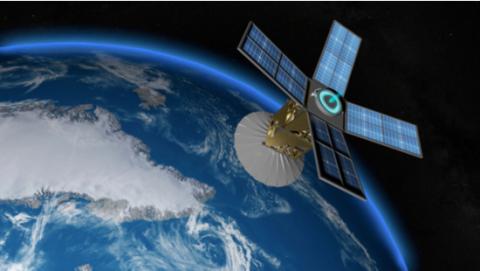
OPS-SAT Space Lab: how increased onboard processing power has changed the way we operate our satellite
-
Le 07 déc. 2021
-
17:00 - 18:00
-
Zoom meeting ID: 993 6677 4964
Passcode: D97pY8
Intervenant : David Evans, Agence spatiale européenne (ESA)
Résumé :
OPS-SAT is a 3U cubesat launched by the European Space Agency (ESA) on December 18th, 2019. It is the first nanosatellite to be directly owned and operated by ESA. The spacecraft is a flying platform that is easily accessible to European industry, institutions, and individuals, enabling rapid prototyping, testing, and validation of their software and firmware experiments in space at no cost and no bureaucracy. The spacecraft is equipped with a full set of sensors and actuators including a camera, GNSS, star tracker, reaction wheels, high speed X band and S band communication, laser receiver, software defined radio receiver, and a 800 MHz processor with a reconfigurable FPGA at its heart. Conceived to break the “has not flown, will not fly” cycle, OPS-SAT has spearheaded many firsts. One of the reasons for the success of cubesats is that they have changed the rules on who can access space; opening a world that used to belong to a few governmental and commercial players to smaller and newer ones. This is also true within space agencies as well as outside them. It would have been unthinkable just a few years ago for an ESA centre, whose prime job is to control ESA satellites, to specify, design and launch a mission with the sole aim of improving mission operations. However, it was never going to be easy. This paper describes the events of the OPS-SAT mission starting from a few weeks before launch, when some last-minutenon-compliances almost stopped the mission, through the LEOP and to the end of commissioning. During the whole process many challenges had to be overcome and it took ten months to complete commissioning compared to the initially planned three months. Problems started in the first pass, no UHF packets were received from the spacecraft and bad communications plagued the mission for many months. However, during this time a great deal of progress was made thanks to the ingenuity of the Flight control Team and the flexibility of the powerful system on module. “Normal” software, running on a well connected, powerful payload computer was used to solve many OPS-SAT-1 operational problem and often these solutions were even better than the original.
